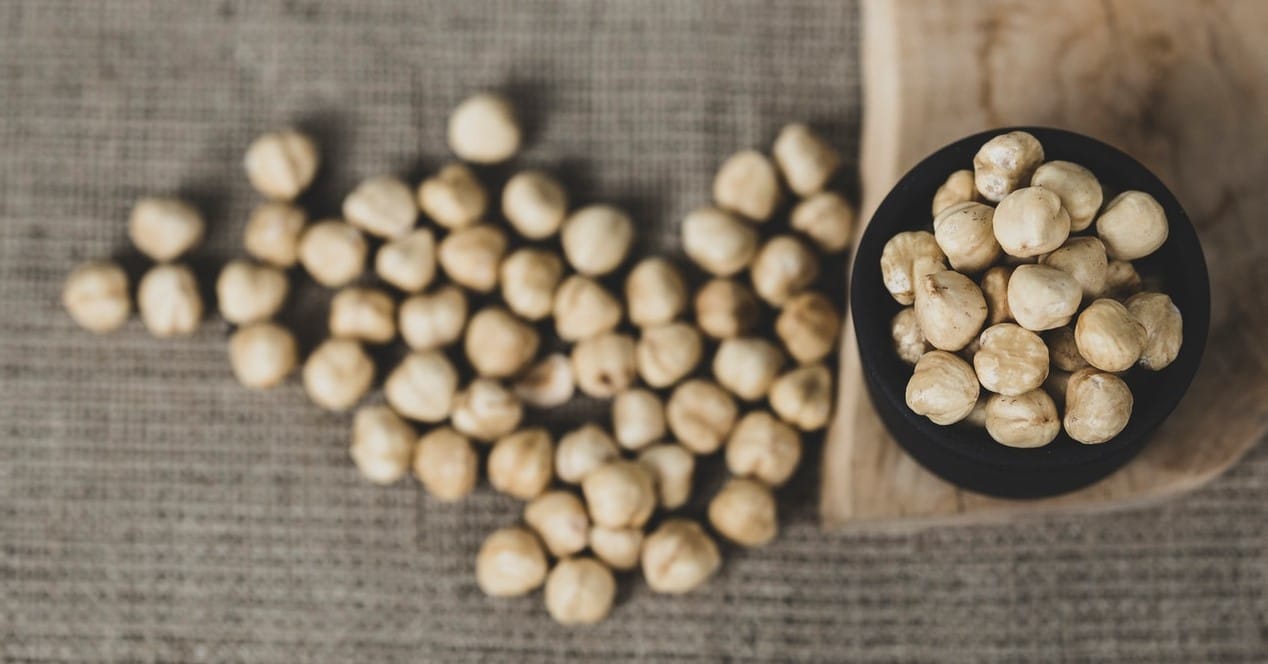
There are countless legumes today, but it is also true that not all of them are consumed in all parts of the world. This is why we have proposed to review the most common and the most consumed and provide information about them, such as nutritional values, the benefits of eating legumes and adverse effects.
We are used to cooking lentils, beans, chickpeas, etc. but it is that each type of legume belongs to a specific group and that is what we are going to discover today. Besides, we will also know what benefits eating this food group has, as well as its contraindications, since they are not foods suitable for everyone.
PREMIUM QUALITY
We are going to review the main types of the most consumed legumes today. They are different types of lentils, chickpeas, beans, etc. We are going to learn many things today, to give it the importance that legumes deserve.
Chickpeas
Chickpeas can be eaten cooked and sprouted, but never raw, since they are very indigestible and we cannot chew them. Let's see the different types of chickpeas that are on the market:
- White chickpea: They are white and large. Its cultivation is carried out in areas of Extremadura and Andalusia.
- Castilian chickpea: beige in color and smaller than the preceding. It is a well-known type of chickpea and even has a designation of origin, since it is produced in a town in Zamora called Fuentesaúco.
- Pedrosillano Chickpea: It is grown in a town in Salamanca called Pedrosillo el Ralo. A chickpea with a smooth texture and beige color. Its cooking time is longer, but its characteristic and mild flavor make it the favorite of many when making stews.
Lentils
Lentils are one of the most consumed legumes in the world, and the same thing happens with chickpeas, which can be eaten cooked and sprouted, but never raw. These are the types of lentils that there are:
- Castilian lentil: They are brown in color and it is the most common variety in Spain. They are larger than the rest and have a lot of resistance to high temperatures, which is why they are the best for making stews.
- green lentil: greenish in color and small in size. They are of French origin, but are also grown in Asturias.
- red lentil: They are reddish in color, favor good digestion and are very typical in Asian cuisine. They are normally used for purees and creams.
- brown lentil: It is earthy brown in color with green tones and is grown in Castilla y León. It is quick to cook and is suitable for all kinds of meals and stews.
bean
The beans are also differentiated into several types, according to their colors, since there are not only white or black ones. In the case of beans, the same thing happens, only cooked and never raw.
- White bean: They are large in size, soft in texture and absorb water very well. They are very versatile for all kinds of recipes and stews. They are grown in León and Ávila.
- Pinto bean: They are of medium size and with pink veins. They have a soft texture and are grown in the north of the Peninsula.
- Black bean: It is small in size, hard in texture and very common in Mexican cuisine.
- Red bean: small in size, intense red color and characteristic aroma.

Soybean
It is a food rich in protein, hence the fame that soy currently has. It is a legume that helps reduce cholesterol and helps calm some symptoms of menopause. It also fights osteoporosis and thanks to its fiber, regulates intestinal transit.
Soy is very healthy and nowadays it can be consumed in different ways in milk, flour, tofu, tempeh, soy sauce, bean sprouts, etc. A versatile food with which others are obtained that go perfectly with hundreds of recipes.
Green peas
Peas are a legume, even though we think they are a vegetable. Peas are perfect for all ages and combine very well with other foods such as meat, fish, vegetables, creams and purées, pea hummus, rice, sauteed and scrambled dishes, etc.
Peas are a source of essential vitamins and minerals that we need in our daily lives, which is why experts recommend eating this legume at least 2 times a week.
Nutritional values
The nutritional values of the main legumes are as follows:
- Garbanzo beans: 138 calories per 100 grams, 23 grams of carbohydrates, 6 grams of fiber, 4 mg of sugar and 7 grams of protein.
- Lentils: 350 calories per 100 grams, 64 grams of carbohydrates, 10 grams of fiber, 2 mg of sugar and 25 grams of protein.
- Bean: 330 calories per 100 grams, 63 grams of carbohydrates, 25 grams of fiber, no sugar, and 20 grams of protein.
- Green peas: 350 calories per 100 grams, 64 grams of carbohydrates, 26 grams of fiber, 8 mg of sugar and 24 grams of protein.
Main benefits
Consuming legumes almost daily is one of the best decisions we can make with our diet. The main benefits they give us are their high fiber content, as we have seen in the previous section. This fiber not only serves to cleanse the body, but also to regulate blood sugar levels and regulate intestinal transit.
They are very protein-rich foods, which is why they are added to athletes' diets and combined with each other, given how versatile they are. We can create varied salads, creams, stews, purees, etc.
Legumes are a very important source of iron for day to day, both for adults and children. A very important mineral for the body since it is responsible for transporting oxygen throughout the body.
Adverse effects
Some adverse effects of eating legumes daily are diarrhea due to excess fiber, loss of minerals due to the same consequence, nausea and abdominal distension, also derived from fiber.
Gas is the most direct consequence, and if we are already prone to gas, it is not a good idea to encourage the appearance with the consumption of legumes. If we have any damage to the stomach or intestines, only a doctor who knows our case could recommend or discourage the consumption of some types of legumes.